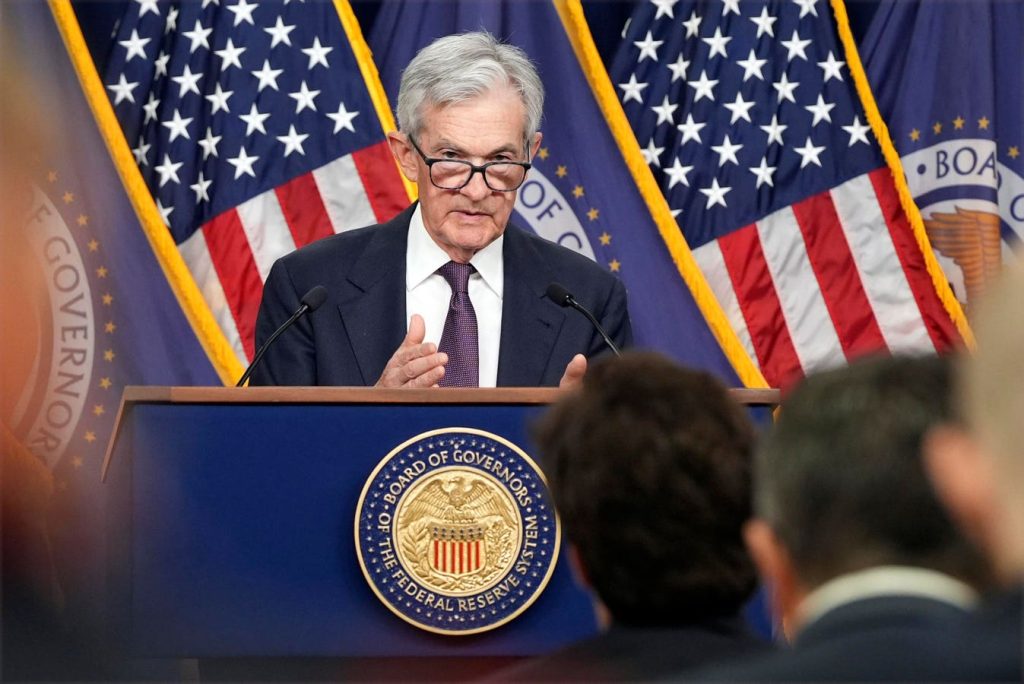Paragraph 1: The Federal Reserve’s Projected Interest Rate Cuts for 2025
The fixed income market anticipates a measured approach to interest rate cuts by the Federal Reserve (Fed) in 2025. Current projections suggest that short-term interest rates will end 2025 near 4%, slightly lower than the current range of 4.25% to 4.5% as of January 2025. This forecast assumes continued U.S. economic growth, an unemployment rate hovering slightly above 4%, and inflation nearing 2.5% by year-end. These figures represent the median forecasts of Federal Open Market Committee (FOMC) policymakers in December 2024. It’s crucial to remember that these are projections, and the actual interest rate path will depend on the evolving economic landscape.
Paragraph 2: The FOMC Meeting Schedule and Potential Rate Cut Timeline
The FOMC is scheduled to meet eight times in 2025, with the possibility of additional emergency meetings. The first meeting, on January 29, 2025, is expected to maintain the current interest rate levels. Market expectations point to a roughly even chance of a rate cut at the March 19 meeting. The subsequent meetings on May 7 and June 18 are likely to hold rates steady, with a higher probability of a cut emerging around the July 30 or September 17 meetings. The final two meetings of the year, on October 29 and December 10, present a broader range of possible outcomes. While additional rate cuts are possible if the economic situation changes significantly, the current consensus leans towards a more gradual approach.
Paragraph 3: Fixed Income Market Expectations and the Range of Potential Outcomes
The fixed income market generally anticipates two or three interest rate cuts throughout 2025. This aligns with the FOMC’s December 2024 forecasts, which suggest two cuts as the most likely scenario, although individual policymakers’ projections range from no change to as many as five cuts. This divergence highlights the inherent uncertainty surrounding future economic conditions and the Fed’s response. The first half of 2025 is expected to see at most one rate cut, while the second half presents a less predictable outlook, with the possibility of one or two additional reductions.
Paragraph 4: Key Economic Variables Influencing the Fed’s Decisions
The FOMC’s decisions are data-driven and contingent on the evolving economic landscape. With inflation receding from its elevated levels, the Fed appears confident that current interest rates are appropriately calibrated. A key indicator for 2025 will be the unemployment rate, which stood at 4.2% in November 2024. Policymakers anticipate a moderate increase in unemployment, but a sudden surge could trigger more aggressive rate cuts. The interplay between inflation, unemployment, and economic growth will be central to the Fed’s policy decisions.
Paragraph 5: The Role of Inflation in Shaping Monetary Policy
Inflation will remain a critical factor in the Fed’s decision-making process. Current expectations suggest that inflation will persist slightly above the FOMC’s 2% annual target for 2025. A significant acceleration in inflation would be a cause for concern, potentially prompting a reassessment of the rate cut trajectory. However, current forecasts do not anticipate such a scenario, with even the most hawkish projections favoring maintaining steady interest rates rather than increasing them. Conversely, if inflation were to fall back to or below the 2% target, perhaps due to declining shelter costs, the Fed might implement more than two rate cuts.
Paragraph 6: Outlook for Fed Policy in 2025 and Potential Scenarios
In summary, 2025 is expected to witness a gradual easing of interest rates by the FOMC, with two cuts being the most probable outcome. The second half of the year presents greater uncertainty, as rising unemployment or disinflation could prompt more aggressive rate reductions than currently anticipated. The Fed’s actions will be contingent on the evolving economic data, particularly the trajectory of inflation and unemployment. While the current outlook suggests a measured approach, the Fed’s commitment to data dependency leaves room for adjustments depending on the prevailing economic conditions. Market participants should remain vigilant and adapt their expectations as new information emerges.

